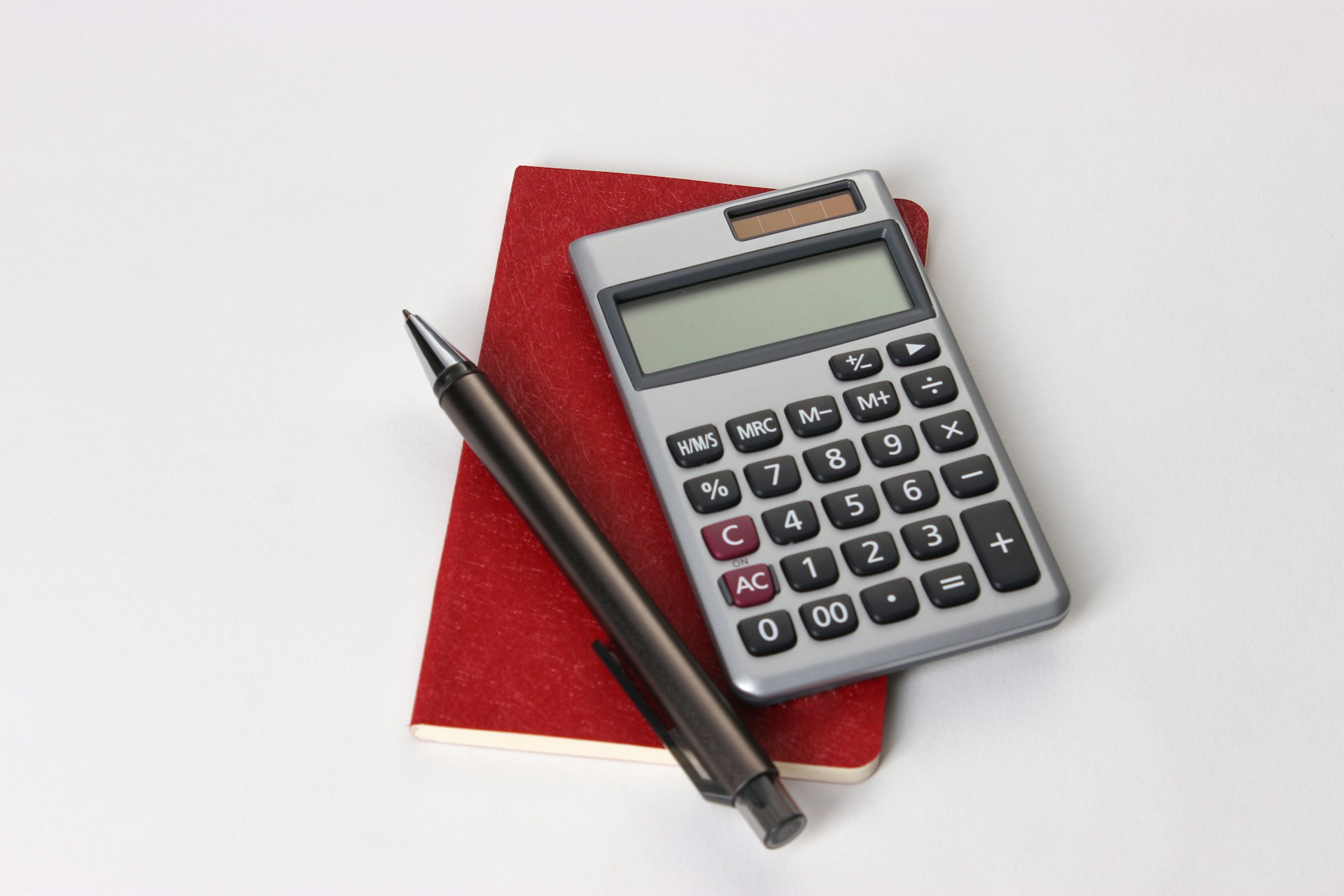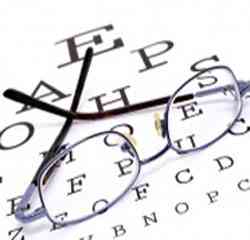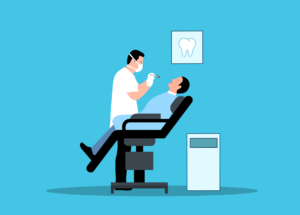2025 Tax Credits for Medical Expenses in Canada
By Krista DeKuyper | February 4, 2025 |

As medical costs skyrocket in Canada, many Canadians depend on the federal medical expenses tax credit to ease the burden of costly medical expenses. Since its establishment in 1971, Canada’s Medical Expense Tax Credit (METC) has undergone many changes, particularly in the amount of eligible expenses. In this article, we explore the medical expense tax credit and new additions for 2025. Keep reading to learn how to best maximize Canada’s medical expense tax credit.
What are Medical Expense Tax Credits in Canada?
The government of Canada offers tax credits for a variety of expenses, including costs associated with disabilities, caregiving, child-raising, and much more. The Canadian government also offers tax credits for those faced with high medical expenses during the year. Individuals are able to claim any amount paid for medical expenses during the calendar year, even if they weren’t paid in Canada.
What’s New in the 2025 Medical Expense Tax Credit?
In October 2024, Ontario announced a new tax credit program would be introduced in January 2025. This new program seeks to expand the existing medical expense tax credit for 25% coverage of eligible expenses, allowing a maximum of $5,000 in tax credits for 2025. Along with covering previous eligible expenses, the government has now added IVF and fertility treatment as part of their medical expenses eligible for tax credit.

What Medical Expenses Qualify for the Tax Credit in 2025?
As of January 2025, IVF, fertility treatment, and travel for treatment and diagnostic testing are now eligible for the medical expense tax credit. Other than these new additions, a large number of medical expenses are covered under the tax credit. Some of the more major expenses eligible include: assisted breathing devices, attendant or facility care, a bone marrow transplant, cancer treatment, power-operated chairs, hospital services, laser eye surgery, organ transplants, and much more.
The tax credit is also available for items that were purchased for medical use or out of medical necessity, including:
- Air conditioners, air filters, and air purifiers
- Acoustic couplers
- Crutches
- Diapers or disposable briefs
- Furnaces
- Gulten-free food products
- Hearing aids
- Medical cannabis
- Pacemakers
- Page-turner devices
- Talking textbooks
- Vans
- Vision devices
- Vitamin B12
- Walking aids
- Water filters, water cleaners, or water purifiers
How to Claim the Medical Expense Tax Credit in Canada
First of all, keep a consistent record of your medical expenses throughout the year. Receipts, invoices, and similar documentation serve as proof of your medical expenses. If you don’t have documentation on hand, your health care provider should keep records of payment for patient care. Reach out to your health care providers and ask for any receipts of payments made for your care.
Eligible medical expenses for yourself, your spouse or common-law partner, and dependent children under 18 are able to be claimed on line 33099 of your tax return. If your child turns 18 before the time the taxes are filed, you can still claim any expenses paid before they turned 18.
Line 33199 is for claiming medical expenses not including those incurred from care for yourself, your spouse or common-law partner, and dependent children. If your grandchildren, your partner’s children or grandchildren, or you and your partner’s grandparents, siblings, uncles, aunts, nephews, or nieces depended on you for care, their medical expenses are claimed on line 33199.
How to Calculate Medical Expenses for your Tax Return
- Enter the total amount you or your partner paid for eligible medical expenses in line 33099.
- Below line 33099, you must enter one of the following amounts: 3% of your net income (not including partner’s income) or $2,635. Whichever amount is less is what should be reported.
- Depending on which is low, subtract 3% of your net income OR $2,635 from the total amount of medical expenses reported in line 33099. Your answer will be what is put on the next line.
Common Mistakes to Avoid When Claiming the Medical Expense Tax Credit
- Not Keeping Records of your Medical Expenses: Whenever you pay out of pocket for your medical expenses, it’s absolutely crucial that you keep your payments documented. Without sufficient documentation, you could be unable to make claims for those expenses.
- Ignoring Eligible Expenses: Don’t overlook any eligible expenses on your tax return. All eligible expenses need to be reported, no matter how small. This will allow you to maximize the medical expenses tax credit.
- Incorrectly Reporting Expenses: Fill out the tax forms carefully and accurately. Double-check entries to avoid errors that could trigger audits or rejections.
- Missing the Deadline: Submit your tax return on time. Late submissions can lead to missed credits and potential penalties.
Eliminate Out-of-Pocket Medical Costs with HealthQuotes
Has paying out-of-pocket for you and your loved ones’ healthcare put a strain on your finances? Every year, millions of Canadians purchase a health insurance policy to protect them from the financial burden of high-cost medical expenses. Health insurance can cover you for several important medical expenses, both large and small, allowing you to approach health issues without financial anxiety.
By working with HealthQuotes, you receive quick, no-obligation quotes for the health insurance plans that fit your needs, along with expert guidance to help you along your journey. We’ll find a plan that aligns with your budget and caters to your family’s unique health needs and preferences. Ready to get started? Start here!






























